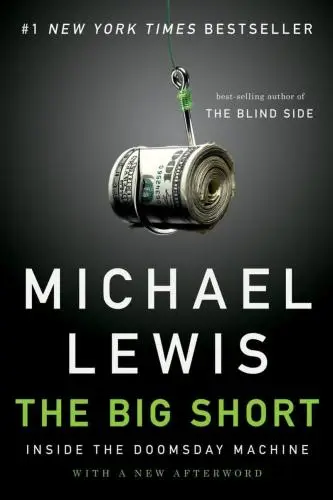The Big Short
Inside the Doomsday Machine
What's it about?
The Big Short by Michael Lewis dives deep into the 2008 financial crisis, exposing the roots and consequences of the housing market collapse. Through the eyes of eccentric traders who bet against the U.S. mortgage market, Lewis crafts a riveting narrative that is both educational and profoundly disturbing. This book not only demystifies complex financial instruments but also celebrates the foresight of those who saw the disaster coming when everyone else was blinded by greed. A must-read for anyone interested in understanding the mechanisms that led to one of the biggest financial disasters in history.
About the Author
Michael Lewis is an American author celebrated for his keen insights into finance, economics, and sports. Notable works include "The Big Short," "Moneyball," and "Flash Boys," where he masterfully blends investigative journalism with storytelling. His writing often exposes systemic flaws and champions underdogs, showcasing his distinctive narrative skill and deep understanding of complex topics.
10 Key Ideas of The Big Short
Identifying Market Inefficiencies for Profitable Investments
One key tactic is to meticulously analyze financial markets for inefficiencies or overlooked areas that may offer significant profit opportunities.
This involves deep research and understanding of market mechanisms, as well as the courage to bet against conventional wisdom when data supports a contrarian viewpoint.
The reasoning behind this approach is that markets are not always rational or efficient, and certain anomalies or mispriced assets can provide lucrative investment opportunities for those skilled enough to identify them.
Learn DeeperStay Informed and Curious: Regularly read financial news, reports, and analyses from a variety of sources. This broadens your understanding of the market and helps you spot trends or anomalies that others might miss.
Learn to Analyze Financial Statements: Understanding the fundamentals of a company, such as its balance sheet, income statement, and cash flow statement, is crucial. This knowledge allows you to identify undervalued companies or sectors with growth potential.
Develop a Contrarian Mindset: Don't be afraid to go against the grain if your research supports it. Markets can be driven by emotion and herd mentality, creating opportunities for those willing to bet against popular opinion.
Use Financial Models: Familiarize yourself with different financial models and tools that can help you quantify market inefficiencies. This could involve learning about valuation models, statistical analysis, or even machine learning techniques for more advanced investors.
Practice Risk Management: Always be aware of the risks involved in your investments. Diversify your portfolio to spread risk, and never invest money you can't afford to lose. Setting stop-loss orders can also help manage potential losses.
- Example
During the 2007-2008 financial crisis, some investors noticed that the housing market was vastly overvalued and that many mortgage-backed securities were riskier than their ratings suggested. They bet against the housing market by buying credit default swaps, which paid off massively when the market collapsed.
- Example
Warren Buffett, one of the most successful investors of all time, often employs a contrarian investment strategy. He looks for quality companies that are temporarily undervalued due to market overreactions, investing heavily in them and holding long-term for substantial gains.
The Importance of Due Diligence in Investment Decisions
Conducting thorough due diligence before making investment decisions is crucial.
This means not just relying on surface-level analysis or mainstream opinions but digging deeper into financial statements, market trends, and even the socio-economic factors influencing investments.
The rationale is that a comprehensive understanding of all possible risk factors and growth drivers enables investors to make more informed decisions, potentially leading to higher returns while minimizing risks.
Learn DeeperStart with the Basics: Before diving into any investment, ensure you understand the fundamental aspects of the investment. This includes knowing the company's business model, its place within the industry, and its competitors.
Analyze Financial Statements: Make it a habit to look at the company's balance sheet, income statement, and cash flow statement. Look for trends in revenue, profit margins, and debt levels. This can give you a clearer picture of the company's financial health.
Consider Market Trends and Economic Factors: Understand the broader market and economic factors that could impact your investment. This includes interest rates, inflation, and even geopolitical events.
Diversify Your Investments: Don't put all your eggs in one basket. Spreading your investments across different sectors or asset classes can help mitigate risk.
Regularly Review Your Investments: Set a schedule to regularly review your investments. This will help you stay informed about any changes and make adjustments as needed.
- Example
If considering investing in a tech company, start by understanding its products, market share, and competition. Then, delve into its financials to assess profitability and debt. Also, consider how broader tech industry trends or regulatory changes might impact its future performance.
- Example
Before buying shares in a retail company, evaluate its business model and how it compares to competitors. Analyze its financial health through recent earnings reports and assess how economic factors like consumer spending trends could affect its performance.
Utilizing Credit Default Swaps as a Hedging Strategy
Credit default swaps (CDS) can be an effective tool for hedging against potential losses in credit markets.
By purchasing a CDS, an investor can protect themselves from the default of a borrower, effectively transferring the credit risk to another party.
This strategy is particularly useful in volatile or uncertain markets, as it allows investors to take positions in credit without assuming the full risk of default.
The concept hinges on the idea of risk management and capital preservation amidst market uncertainties.
Learn DeeperResearch Credit Default Swaps (CDS) Thoroughly: Before diving into using CDS as a hedging strategy, make sure you understand how they work, the costs involved, and the potential risks. This foundational knowledge is crucial for making informed decisions.
Consult with a Financial Advisor: Especially if you're new to credit markets or complex financial instruments like CDS, talking to a professional can provide personalized advice and help you navigate these waters safely.
Start Small: If you decide to use CDS as part of your investment strategy, begin with a small, manageable position. This allows you to get comfortable with the process and understand its impact on your portfolio without taking on too much risk.
Monitor the Market and Adjust Accordingly: The financial market is dynamic, and strategies that work today may not be as effective tomorrow. Keep a close eye on market conditions and be prepared to adjust your hedging strategies as needed.
- Example
Imagine you hold a significant amount of corporate bonds from a company that's recently shown signs of financial instability. To protect your investment, you purchase a CDS that pays out if the company defaults, effectively offsetting potential losses from your bond investment.
- Example
Suppose you're an investor interested in the high returns of emerging market bonds but are concerned about the political and economic instability in those regions. By using CDS, you can invest in these bonds while insuring against the risk of default, allowing you to participate in the potential upside without bearing the full brunt of the risk.
The Power of Contrarian Investing Strategies
Adopting a contrarian investing approach—betting against prevailing market trends or sentiment—can yield significant rewards.
This requires a strong conviction in one's analysis and the resilience to withstand potential short-term losses or criticism.
The underlying argument is that markets often overreact to news or trends, creating mispricing opportunities for contrarian investors who have done their homework and believe in a different outcome based on their research.
Learn DeeperResearch Beyond the Headlines: Spend time each day reading beyond the mainstream financial news. Look for underreported stories or sectors that might be overlooked by the majority of investors. This could involve deep dives into company reports, industry trends, or even macroeconomic factors that are not currently in the spotlight.
Develop a Contrarian Mindset: Practice questioning popular opinions in the market. Ask yourself, 'What if the majority is wrong?' This doesn't mean being contrarian for the sake of it, but rather developing a habit of looking for evidence that contradicts the prevailing sentiment.
Create a Diverse Watchlist: Build a watchlist of stocks, bonds, or other assets that you believe are undervalued or overvalued based on your research. Monitor these assets regularly for changes in their fundamentals or market perception that could signal an opportunity to act.
Set Clear Investment Criteria and Stick to Them: Define what makes an investment opportunity attractive to you from a contrarian perspective. This could include specific financial ratios, market conditions, or changes in management. Having clear criteria will help you stay focused and avoid getting swayed by market noise.
Be Patient and Prepared for Volatility: Understand that contrarian investing often requires a longer time horizon and a tolerance for volatility. Markets can remain irrational longer than you can remain solvent, so ensure you have the financial stability and emotional resilience to wait for your thesis to play out.
- Example
During the 2007-2008 financial crisis, while the majority of the market was heavily invested in subprime mortgages, a few investors did their homework and bet against the housing market by investing in credit default swaps. Their contrarian view, based on deep research and analysis, led to significant profits when the market crashed.
- Example
In the late 1990s, during the dot-com bubble, Warren Buffett was criticized for not investing in technology stocks, which were the popular choice at the time. His contrarian approach, focusing instead on value investing and companies with strong fundamentals, protected him from the subsequent crash and solidified his reputation as one of the greatest investors.
Understanding the Impact of Leverage in Financial Markets
Leverage can amplify returns but also increases risk.
It's essential to understand how leverage works and its impact on investments.
Using borrowed funds to enhance potential returns can be a double-edged sword, as losses can also be magnified.
The key is to use leverage judiciously, ensuring that the potential benefits outweigh the risks and that there is a clear plan for managing adverse outcomes.
This concept emphasizes the importance of risk management in leveraging strategies.
Learn DeeperStart with a Budget: Before diving into investments using leverage, create a comprehensive budget. This will help you understand your financial limits and how much you can afford to borrow without putting yourself at undue risk.
Educate Yourself on Leverage Ratios: Familiarize yourself with different leverage ratios and what they mean for your investment. A lower ratio might mean less risk, but also lower potential returns. Find a balance that suits your risk tolerance.
Use Stop-Loss Orders: To mitigate the risks associated with leverage, consider setting stop-loss orders. This means if your investment falls to a certain price, it automatically sells to prevent further loss, helping manage the downside.
Diversify Your Investments: Don’t put all your leveraged eggs in one basket. Diversifying your investments can help spread the risk and potentially reduce the impact of a bad investment.
Regularly Review Your Investments: Leverage requires closer monitoring than other types of investments. Set aside time regularly to review your investments' performance and make adjustments as necessary.
- Example
Imagine you have $10,000 to invest and decide to use a 2:1 leverage, borrowing another $10,000. If your investment grows by 10%, you now have $22,000 (a $2,000 gain on your initial $10,000). However, if the investment falls by 10%, you're left with $18,000, meaning you've lost $2,000 on your original investment, highlighting the amplified risk and reward.
- Example
Consider a real estate investor who uses leverage by taking out a mortgage to purchase a property. If the property's value increases, the investor can sell it for a profit that exceeds what they would have made without leverage. Conversely, if the property's value decreases, the loss on their investment is magnified, and they still owe the mortgage debt.
Deeper knowledge. Personal growth. Unlocked.
Unlock this book's key ideas and 15M+ more. Learn with quick, impactful summaries.
Read Full SummarySign up and read for free!
The Big Short Summary: Common Questions
Experience Personalized Book Summaries, Today!
Discover a new way to gain knowledge, and save time.
Sign up for our 7-day trial now.
No Credit Card Needed
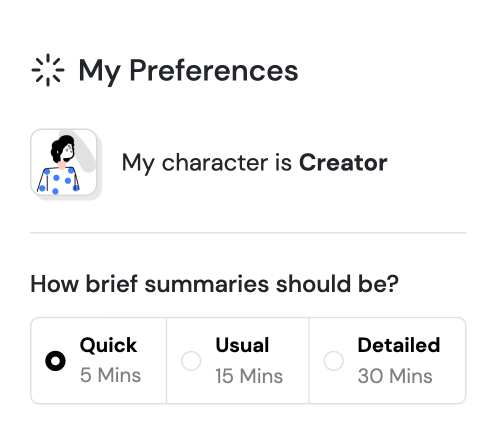
Similar Books
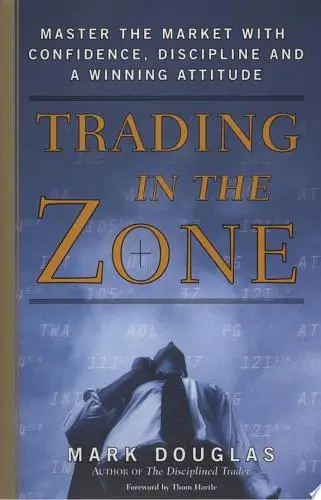
Trading in the Zone
Mark Douglas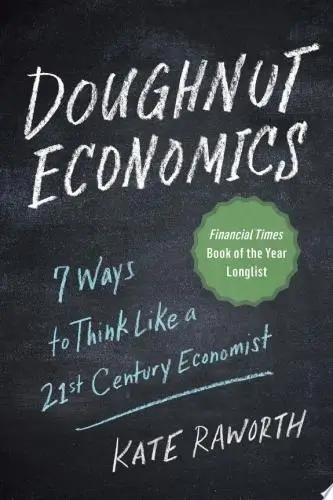
Doughnut Economics
Kate Raworth
A study guide for Barbara Ehrenreich's "Nickel and Dimed: On (Not) Getting By in America"
Gale, Cengage Learning
Bitcoin For Dummies
Prypto
Debt
David Graeber
The Barefoot Investor
Scott Pape
Money Has No Value
Samuel A. Chambers
Financial Peace
Dave Ramsey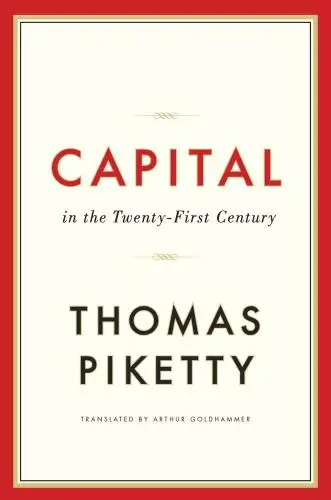
Capital in the Twenty-First Century
Thomas Piketty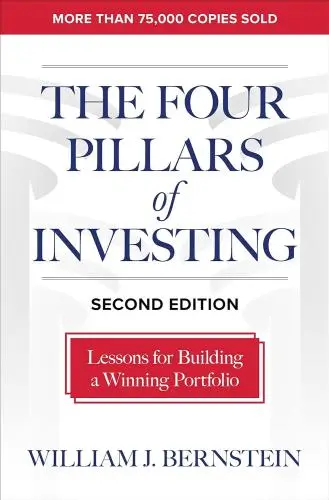
The Four Pillars of Investing
William J. BernsteinTrending Summaries

Peak
Anders Ericsson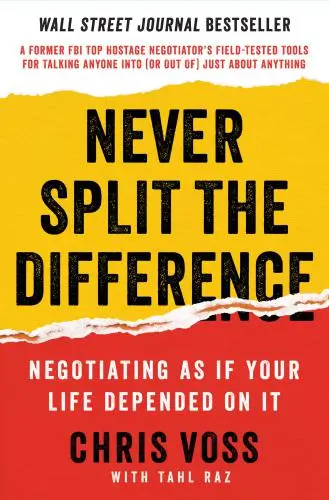
Never Split the Difference
Chris Voss
Smart Brevity
Jim VandeHei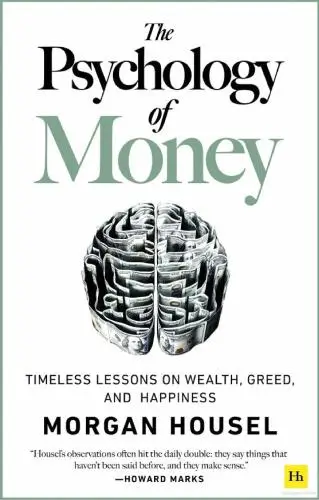
The Psychology of Money
Morgan Housel
The First 90 Days
Michael D. Watkins
Atomic Habits
James Clear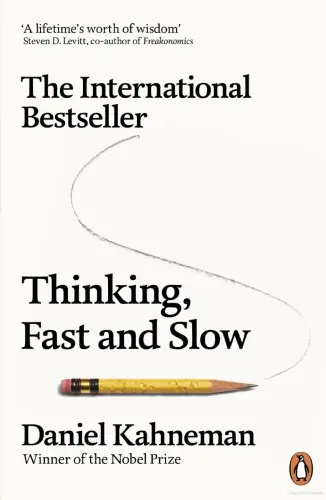
Thinking, Fast and Slow
Daniel Kahneman
The Body Keeps the Score
Bessel van der Kolk M.D.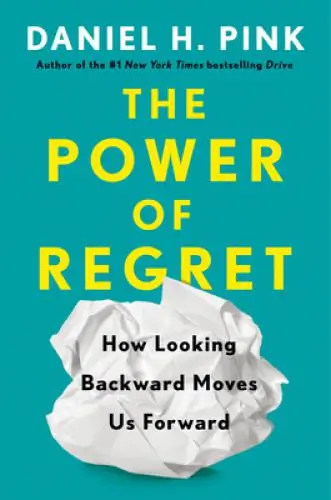
The Power of Regret
Daniel H. Pink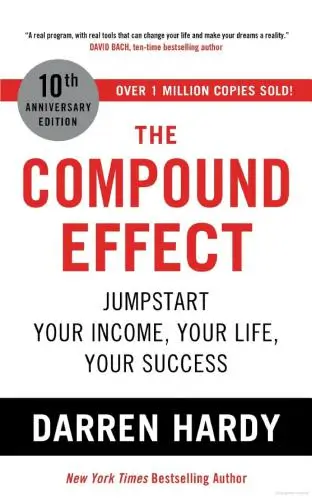
The Compound Effect
Darren HardyNew Books

A Candle for Kiri
Edna Mae Holm
Principles of Marketing, Global Edition
Gary Armstrong
Serpent Rising: The Kundalini Compendium
Neven Paar
Feeling Is the Secret
Neville Goddard
The 100 Best Business Books of All Time
Jack Covert
My Oxford Year
Julia Whelan
Trading in the Zone
Mark Douglas
Mathematics for Machine Learning
Marc Peter Deisenroth
The Creative Act
Rick Rubin
